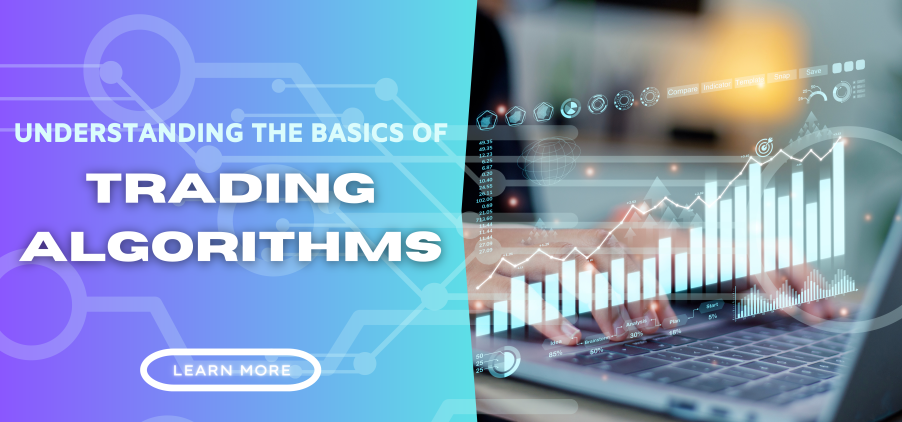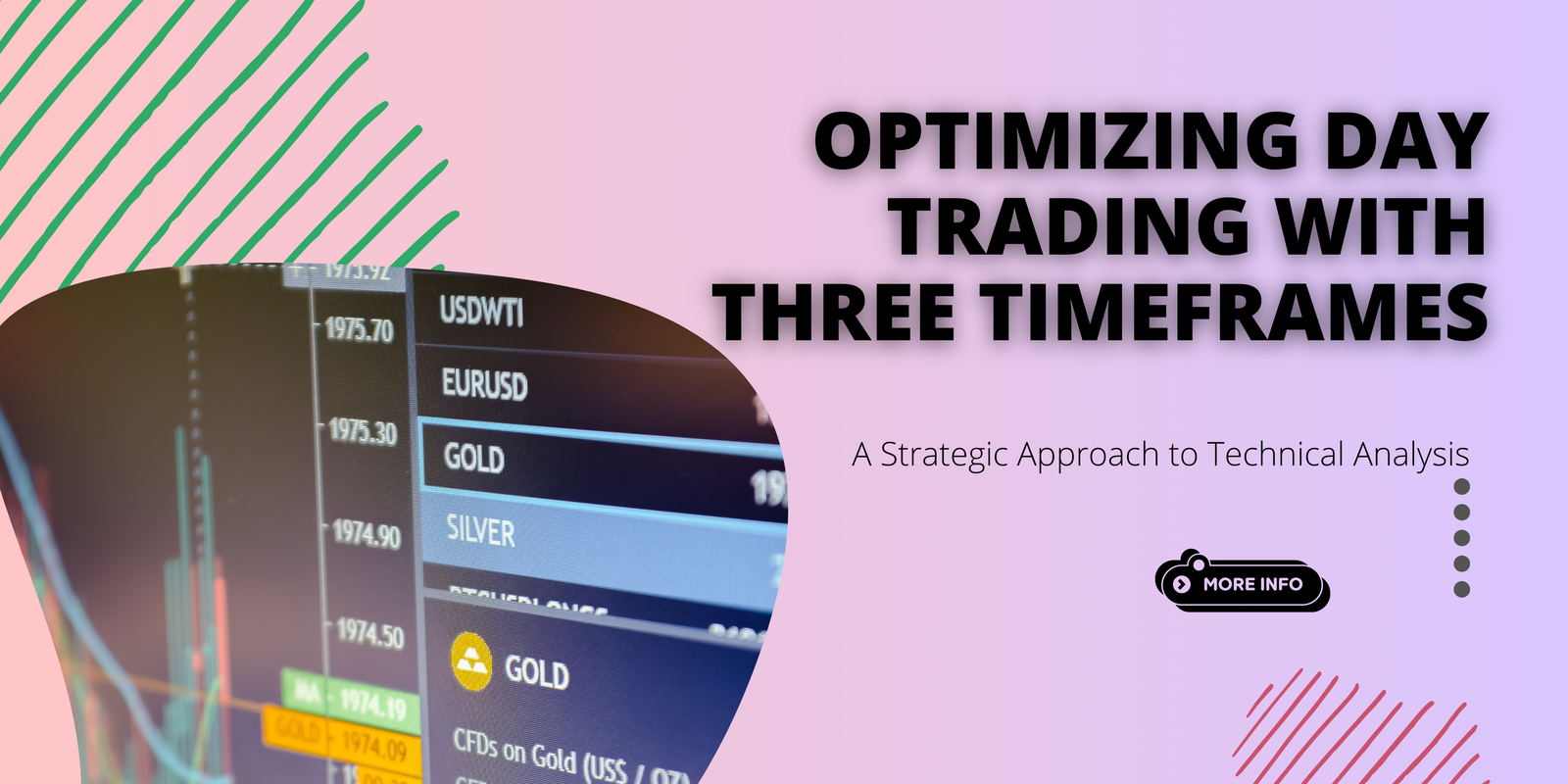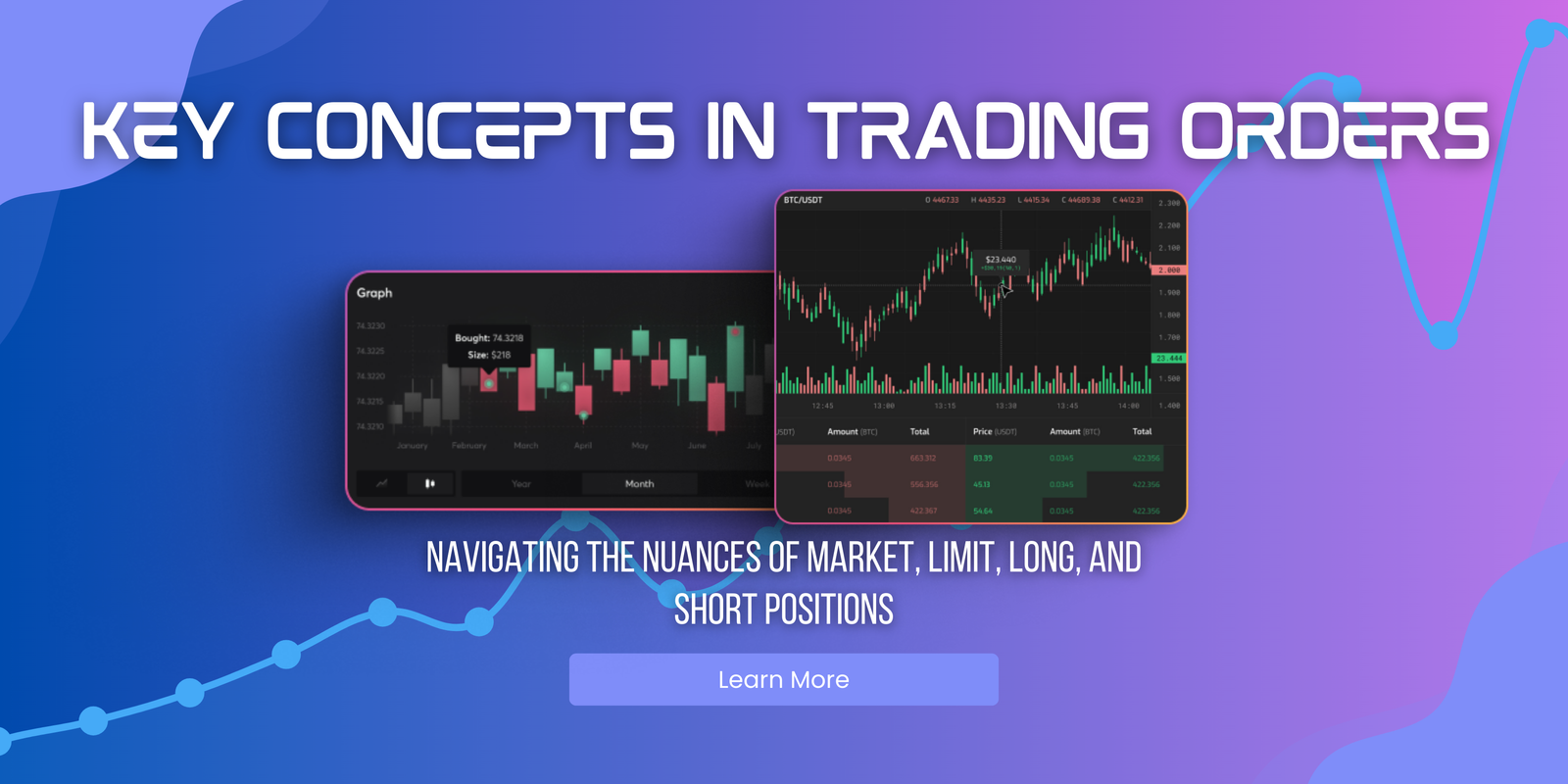As the world of trading continues to evolve, the use of trading algorithms has become increasingly prevalent. These algorithms, also known as algo-trading or automated trading systems, are designed to execute trades at optimal times and prices, often without human intervention. In this blog post, we will delve into the basics of trading algorithms, their …
Understanding Trading Algorithms

As the world of trading continues to evolve, the use of trading algorithms has become increasingly prevalent. These algorithms, also known as algo-trading or automated trading systems, are designed to execute trades at optimal times and prices, often without human intervention. In this blog post, we will delve into the basics of trading algorithms, their benefits, and how they are shaping the future of trading.
What are Trading Algorithms?
Trading algorithms are sets of rules and instructions that are programmed to automatically execute trades in financial markets. These algorithms are designed to analyze market data, identify trading opportunities, and execute orders based on predefined criteria. They can be used in various financial instruments, including stocks, forex, commodities, and cryptocurrencies.
Benefits of Trading Algorithms
One of the key benefits of trading algorithms is their ability to execute trades at high speeds and frequencies, which can be difficult for human traders to achieve. This can result in improved order execution and reduced transaction costs. Additionally, trading algorithms can help remove emotional biases from trading decisions, as they are based on predefined rules and parameters.
Types of Trading Algorithms
There are several types of trading algorithms, each designed to serve different purposes. Some common types include:
- Trend-following algorithms: These algorithms aim to capitalize on market trends by buying or selling assets based on the direction of the trend.
- Mean reversion algorithms: These algorithms are designed to identify overbought or oversold conditions in the market and execute trades to capitalize on price reversals.
- Arbitrage algorithms: These algorithms seek to exploit price discrepancies between different markets or assets to generate profits.
- Market-making algorithms: These algorithms provide liquidity to the market by continuously placing buy and sell orders, profiting from the bid-ask spread.
The Future of Trading Algorithms
As technology continues to advance, the use of trading algorithms is expected to become even more widespread. With the advent of artificial intelligence and machine learning, algorithms are becoming increasingly sophisticated, capable of analyzing vast amounts of data and adapting to changing market conditions in real time.
In conclusion, trading algorithms play a crucial role in today’s financial markets, offering benefits such as improved efficiency, reduced costs, and minimized emotional biases. As the trading landscape continues to evolve, understanding the basics of trading algorithms will be essential for traders and investors looking to stay ahead in the dynamic world of finance.








